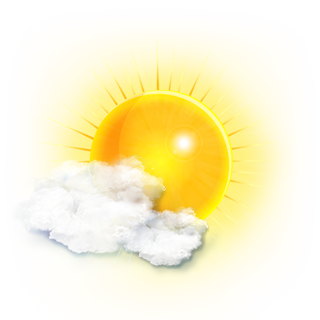Thank you for writing to SSIS! Squirt is the term used to describe the release of fluid as a result of sexual stimulation. Before we get into squirting, let’s demystify the different types of fluid that can come out of the vulva. First off there is vaginal lubrication, which is secreted by the vaginal walls. Vaginal lubrication is a clear, thin, slippery fluid that can accompany sexual arousal and is attributed to “getting wet.” Next, there is vulval ejaculation (also known as female ejaculation) which is often a thick white discharge that is secreted by the Skene’s glands, which flank the urethra. Vulval ejaculation has been found to contain glucose, fructose and prostate-specific-antigen (PSA) which is attributed to its production in the Skene’s glands.
Now to the star of the show: Squirt is a clear or yellowish fluid released in higher volumes from the urethra. Squirt also contains glucose and PSAs attributed to the Skene’s glands, meaning that it is not the exact same as pee. It is completely normal if you are not able to squirt, however if you want to increase the likelihood, there are a couple tips and tricks! First off, unless it is laundry day, you may want to lay out a towel. Next, while squirting is not the same as coital incontinence, hydration can encourage squirting. Depending on your preferences, some specific stimulations that could be helpful are the g-spot and compression on the lower stomach. If you prefer clitoral stimulation, using a vibrator or your preferred sex toy to go past climax could also be useful. Ultimately, focus on your pleasure, releasing all your tense muscles and relaxation. And remember, squirting is a phenomenon that is not well understood, even by scientists, so do what feels right for you!


